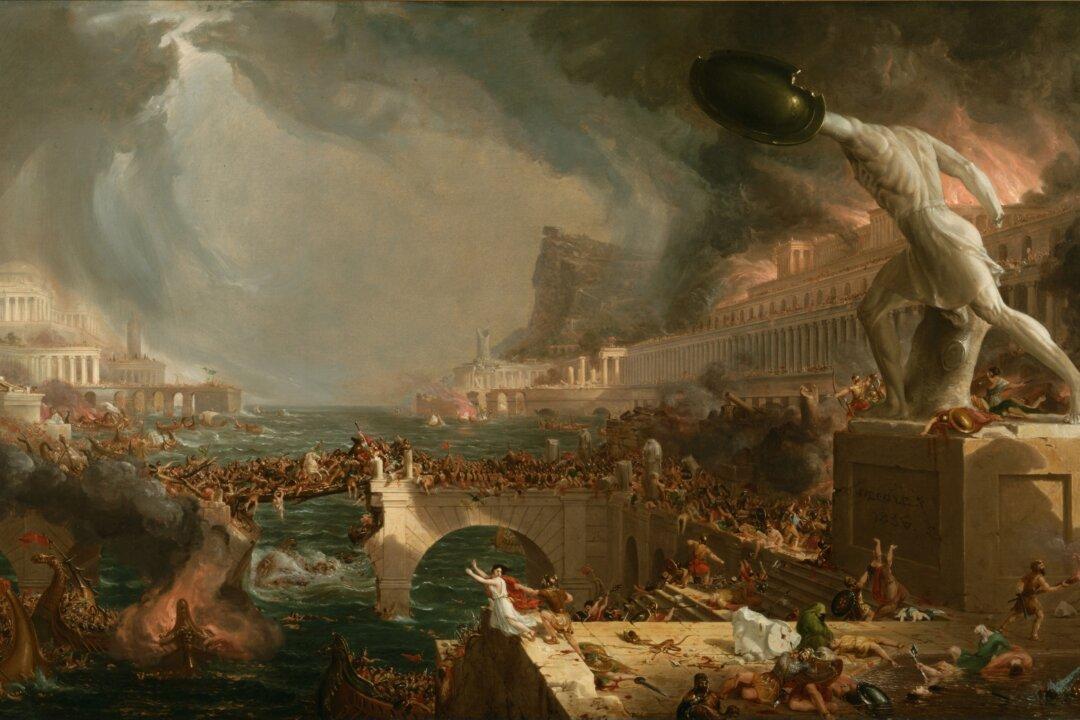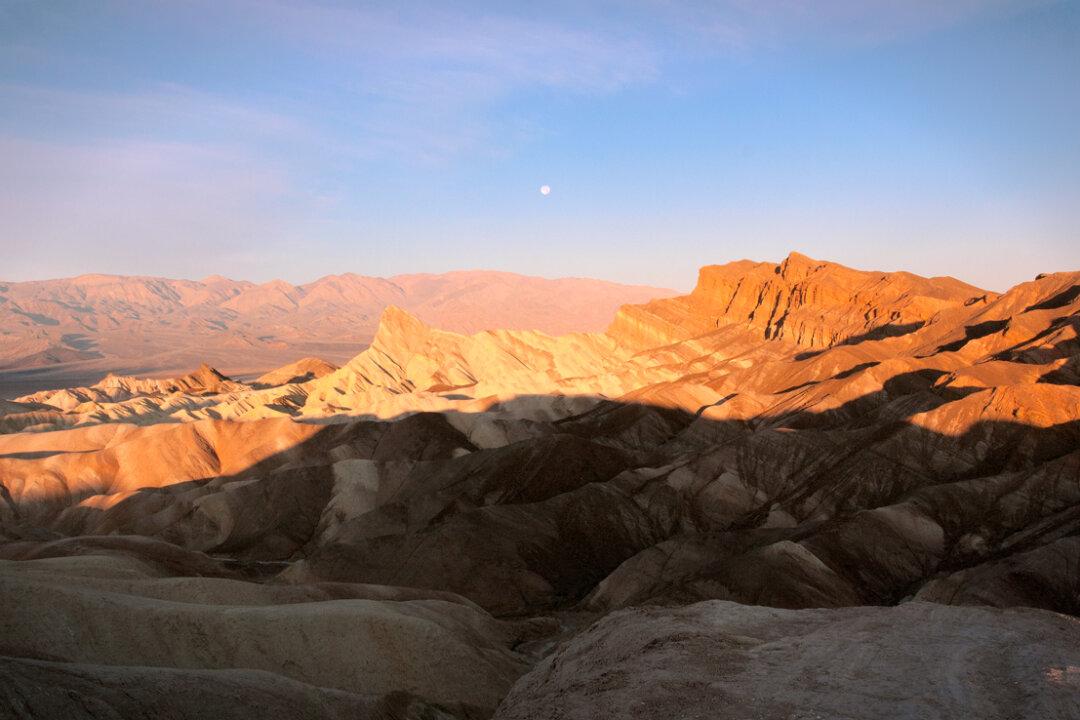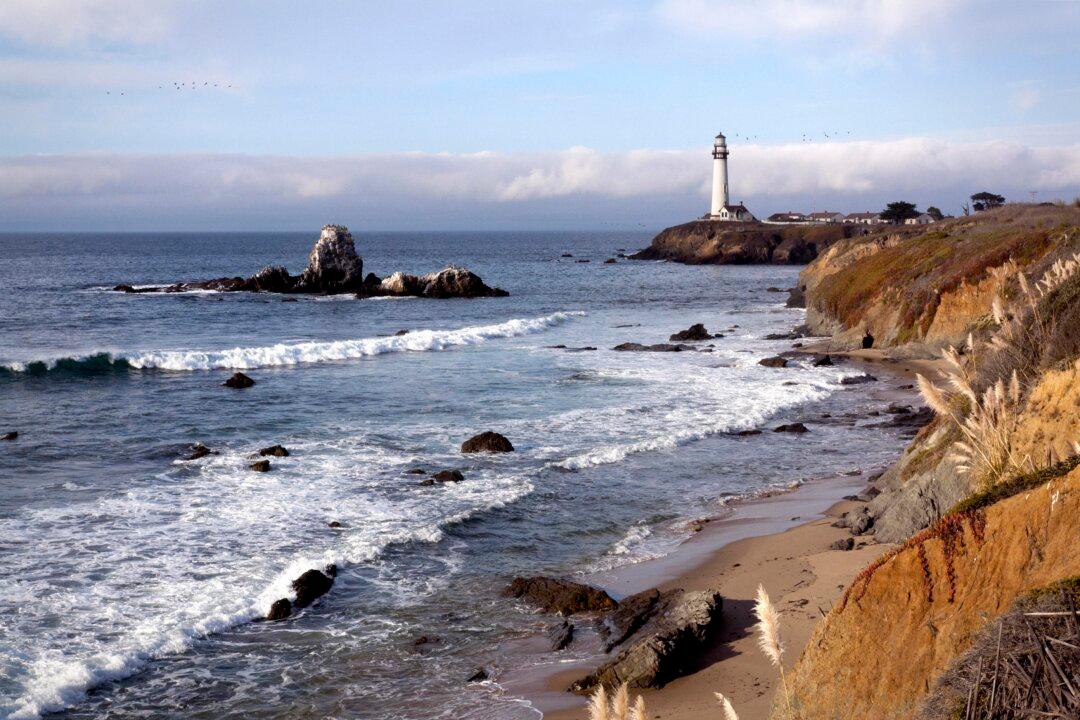In the early 19th century, the United States of America was still a newborn nation. As Americans turned their eyes Westward, a new and uncertain future awaited them. The North American continent was far from fully explored, and America’s identity was still in the process of self-discovery. Artists of the Romantic era in America—and particularly Thomas Cole—made it their mission to capture the divine essence of an untamed wilderness on canvas, while also striving to imbue their landscapes with contemplative and historical significance.
Regarded as the leader of the Hudson River School of Romanticist painters on the East Coast, Cole led the charge by creating paintings that began to give America an artistic identity, distinct from European art. Ranging from picturesque to allegorical landscapes, Cole wanted his work to embody the ineffable presence he found in the untarnished wilderness of America.





